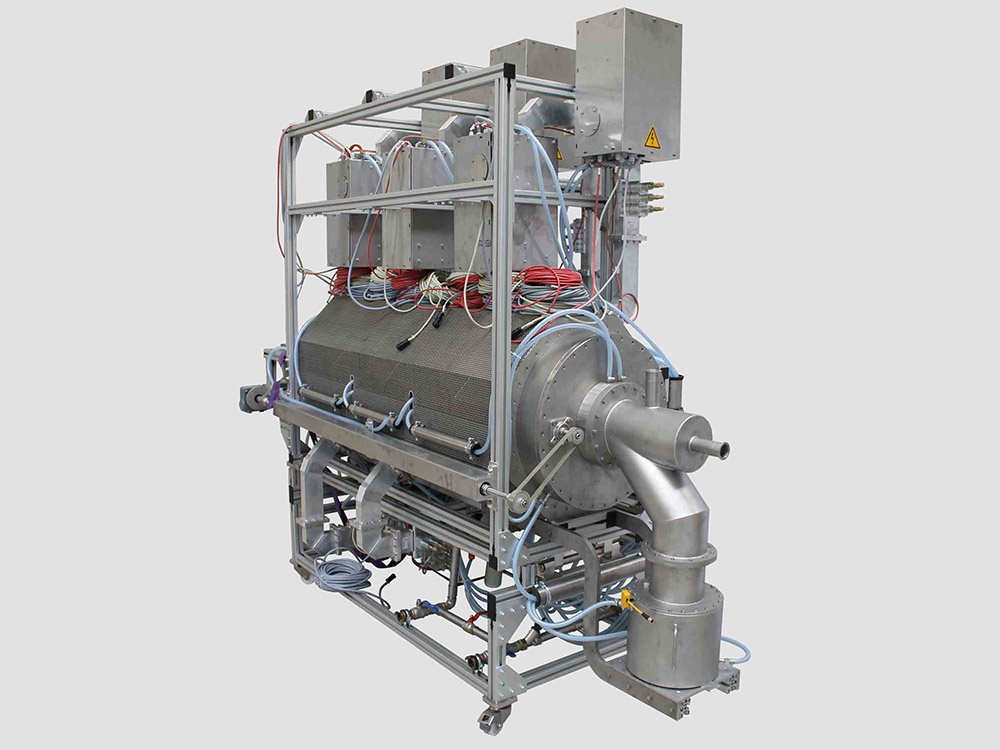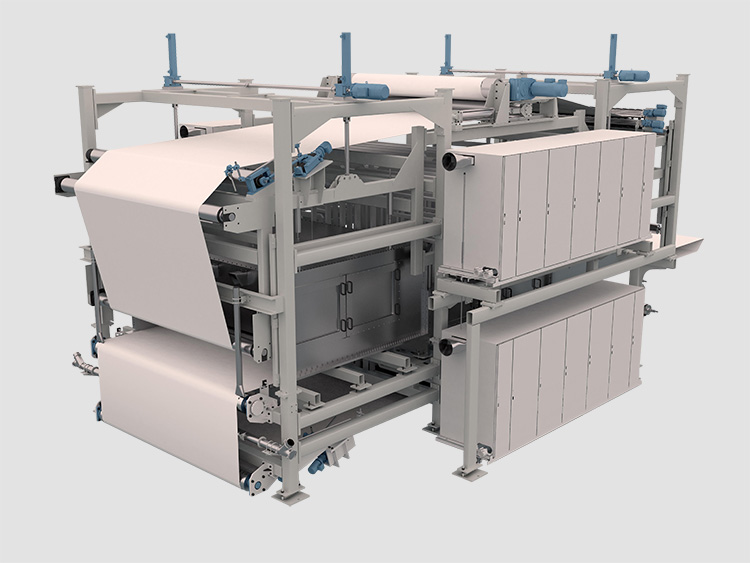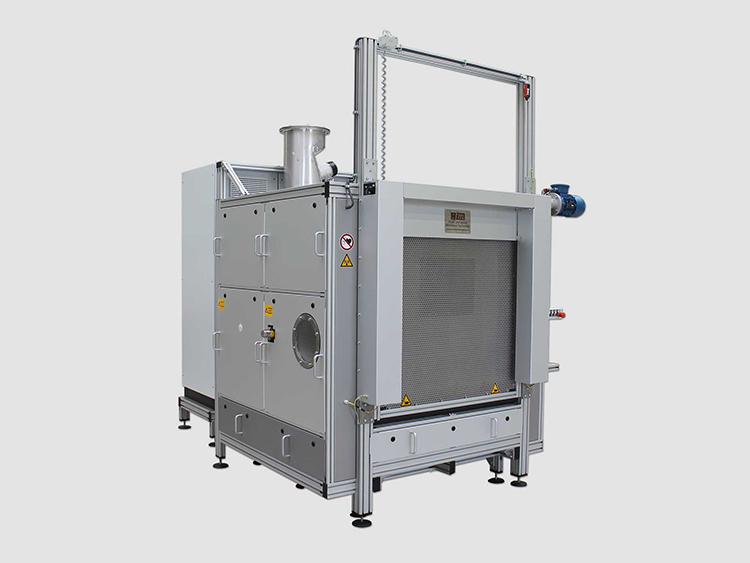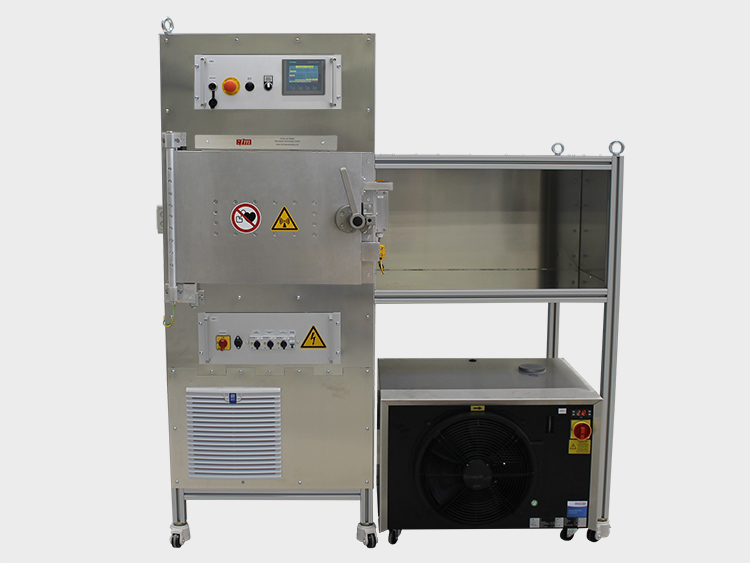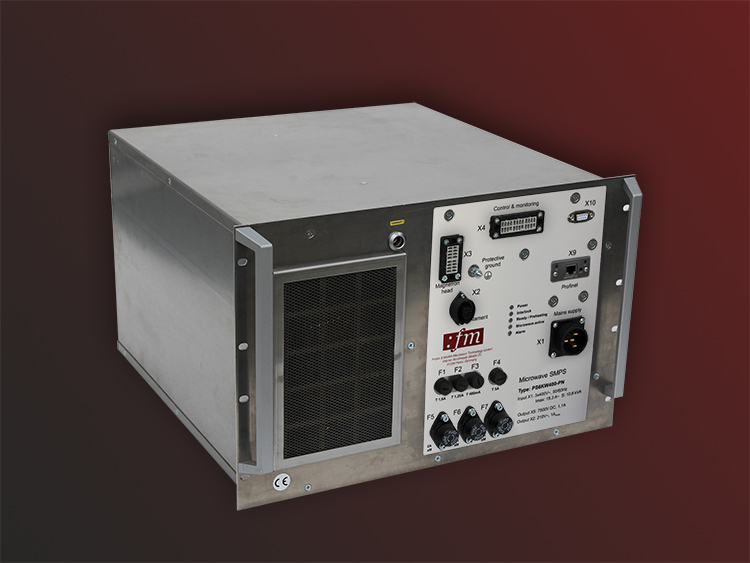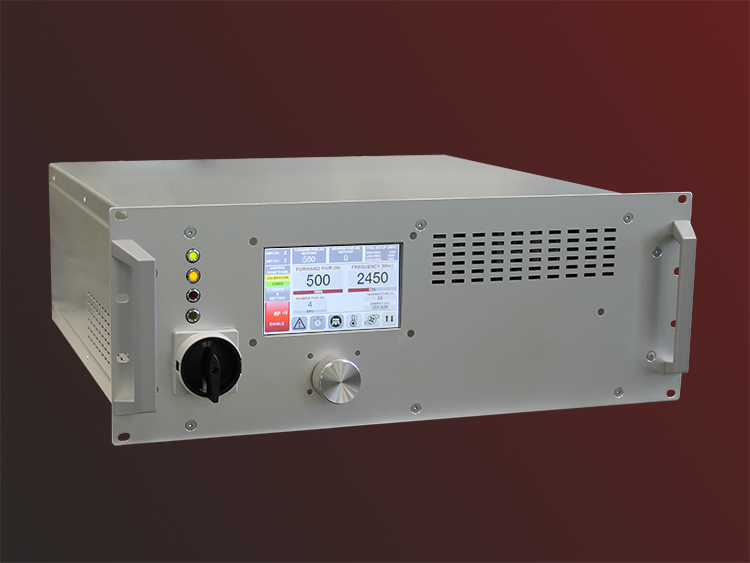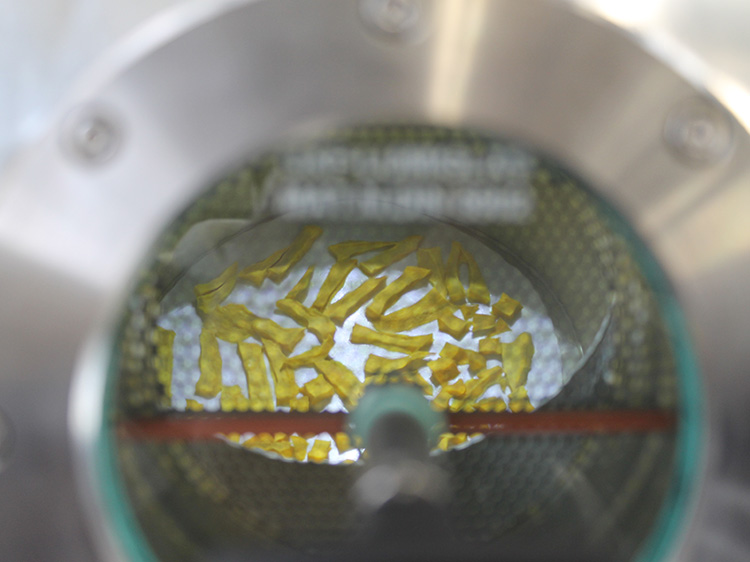Electronic waste makes up a significant proportion of recyclable waste. To solve this problem, a new innovative pyrolysis recycling process was developed.
Every year, around 50 million tons of it are generated worldwide. Valuable materials that can be recovered as secondary raw materials are also of interest to industry. On the other hand, it contains a large number of highly toxic and environmentally hazardous substances that are released during recycling. This is one of the reasons for the relatively low recycling rate of 20% (in Germany 2.4 million tons / 43% recovery rate). In order to achieve the politically mandated collection rates and reach the long-term target of 100%, new recycling processes are needed. One of the most promising approaches is pyrolysis, as it produces a highly copper-rich concentrate and high-value by-products.
A new process for resource-efficient recycling of PCB scrap using microwave pyrolysis in a rotary kiln and the necessary plant technology must be developed to enable a recycling rate for PCB scrap in Germany of up to 100%. Pyrolysis enables more efficient mechanical post-processing of the PCBs and thus the production of a metal concentrate containing copper and precious metals with a metal content > 45%. The adhering organics are converted into a combustible pyrolysis gas with a calorific value > 18 MJ/m³. Other by-products can be used, e.g. in the cement industry as well as for the reduction of metallurgical slags. The use of microwave technology ensures high energy efficiency and short treatment times.
Fricke und Mallah, together with the Institute for Metallurgical Process Technology and Metal Recycling and the Institute for Industrial Furnace Construction and Thermal Engineering at RWTH Aachen University, and funded by the German Federal Ministry for Economic Affairs and Energy (registration number ZF4042207RE7), has designed and constructed a laboratory device for process development of microwave pyrolysis of printed circuit boards. The microwave pyrolysis rotary kiln has 8 generators of 6 kW each and operates with magnetron technology and 2455 MHz. The operating temperature is up to 1000° C. It contains an outer gas-tight and fixed jacket housing that reflects and holds microwave radiation in place, and an inner gas-tight rotary tube that is permeable to microwave radiation, in which goods can be transported and high-quality pyrolysis gases can be obtained. Ports for introducing and removing nitrogen are also included.
In coupling the thermal energy, high energy efficiency has been achieved compared to conventional gas-fired rotary kilns, since at least 80% of the microwave radiation is converted into thermal energy directly in the volume of the material, so that the entire rotary kiln does not have to be heated. The throughput of industrial-scale equipment for this process is ≥ 0.25 t/h. The plant achieves up to 7 times higher heating rates compared to conventionally heated rotary kilns, thus avoiding unwanted pyrolysis oil.
In addition, a measuring and control technology adapted to the new process was developed to ensure trouble-free operation of the entire plant.













